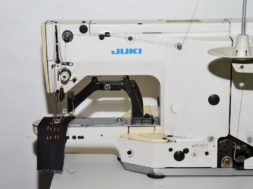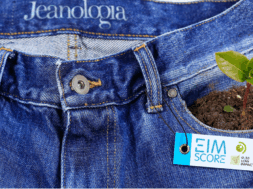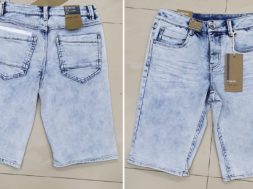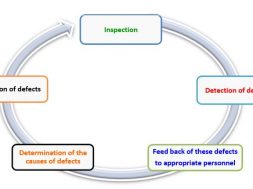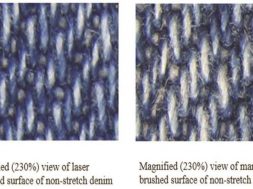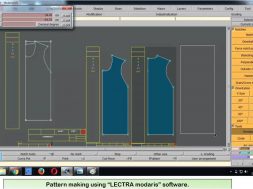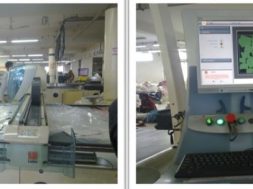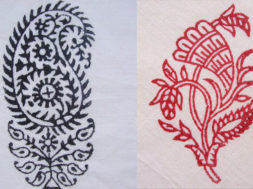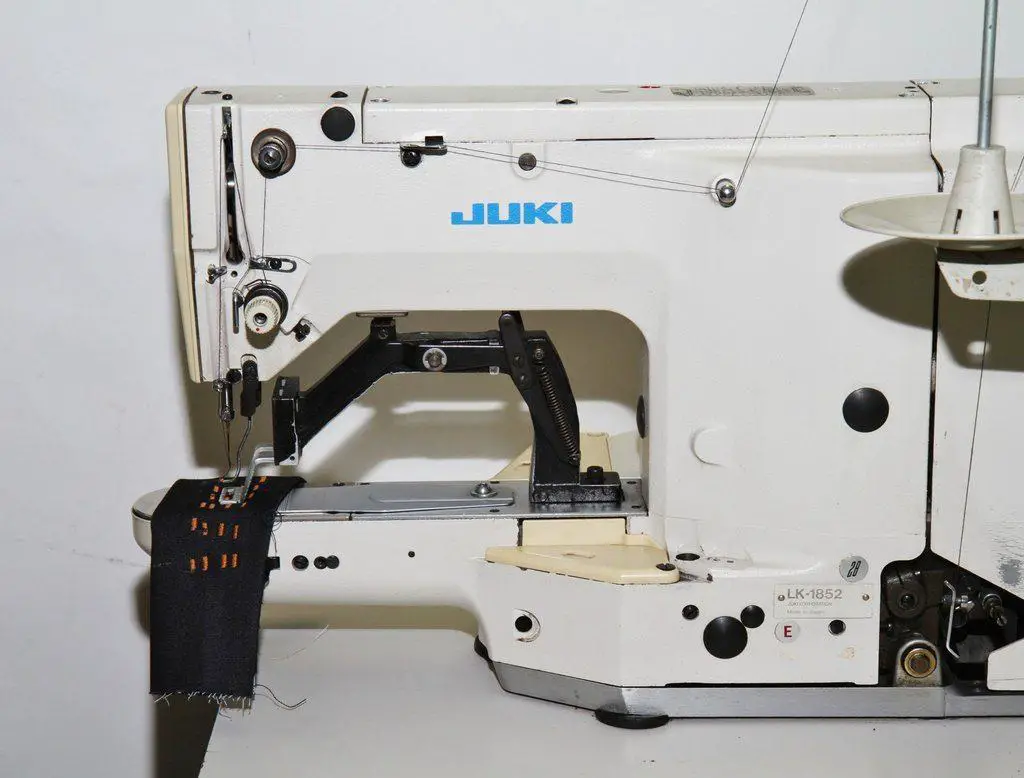
Bar tack Sewing Machine II Study on bar tack sewing machine with thread path diagram and sample production.
Experiment Name: Study on bar tack sewing machine with thread path diagram and sample production.
Introduction:
Industrial bar tack machine is actually a lockstitch machine group. By this machine, a very high density lockstitch is produced in very short length for increase the strength of that particular place. These machines are used for sewing both woven and knitted garments. For light thickness fabrics, needle size should be lower and heavy thickness fabric, height needle size should be used.
Objectives:
To know about bar tacking machine.
To know about different parts of the machine.
To know about the thread path of the machine.
To know about the specification of the machine.
To know about the adjustment points of the machine.
To know about working principle of the machine.
|
Bar Tack Sewing Machine |
Specification |
|
Machine Name |
Bar tack sewing machine |
|
Model |
LK 1850 |
|
Brand Name |
Juki |
|
Group |
Lock Stitch |
|
Origin |
Japan |
|
Needle Name |
DP x 5 |
|
Needle Size |
9, 11, 14, 16, 18, 20 & 21 |
|
Needle No |
1 |
|
Thread No |
2/1 |
|
Looper No |
X |
|
Bobbin Case No |
1 |
|
Intralooping |
X |
|
Interlooping |
X |
|
SPM |
3000-3600 |
|
Seam Class |
Super-imposed |
|
Stitch Class |
300 |
|
Stitch Length |
1-1.5 cm |
|
TPI or SPI |
Per bar tack thread uses 7-8 inch |
|
End use of function |
All kinds of plain sewing |
Different Parts of Bar Tack Sewing Machine :
|
1 |
Thread stand and Cone case |
|
2 |
Thread guide |
|
3 |
Spring tensioner |
|
4 |
Thread take-up lever regulator |
|
5 |
Needle |
|
6 |
Needle bar |
|
7 |
Presser foot bar case |
|
8 |
Presser foot |
|
9 |
Needle past box |
|
10 |
Throat plate |
|
11 |
Feed dog |
|
12 |
Stitch density regulator |
|
13 |
Back stitch lever |
|
14 |
Presser foot lever |
|
15 |
Bobbin & bobbin case |
|
16 |
Motor |
- Cone: Helps for containing the supply of needle thread.

-
Cone Holder: Supports the cone.
- Cone Stand: Helps to support the cone and holder.
- Stitch Density controller: It controls the no of stitch per inch. Before starting the machine, stitch per inch is determined rotating the knob and fixing it at the desired position.
- Motor: Motor rpm controls the speed of the machine. The rpm is controlled by the tightening or losing the belt over machine and motor pulley.
- Needle: Needle under goes accurate setting to ensure proper sewing. The needle is attached by means of screw which needs to be tightened enough to produce easy sewing.
- Needle Bar: Needle bar holds the needle.
- Thread take up lever: It controls the movement of the yarn during sewing.
- Presser foot: For using it, proper setting is important which ensured by proper attachment with the motor through the machine pulley.
- Feed dog: It is often found that due to random working, the feed dog is subjected to be loose which many cause accident also. Thus it should be set properly with screw.
- Guide and tensioner: Use to pass the thread properly without tensionless proper sewing.
Stitch Description:
Stitch class: 300, Group: lock stitch type. In this machine there is two source of thread one is needle thread, another is bobbin thread. By interlacement of this two thread stitch is formed. Bobbin thread is stored in a bobbin which is placed under the needle bed of the machine. The needle of this machine moves a little front and back to form the stitch in a limited length of stitch in a heavy dense stitch to increase the seam strength on that point.
Working principle of Bar Tack Sewing Machine :
At first, this machine produces tack stitches in a small length (1-2 cm) and then sews covering stitches over and at right angles to the first stitches. The variables are the number of tacking stitches and the number of covering stitches. Typical uses are closing the ends of buttonholes, reinforcing the ends of pocket openings and the bottoms of flies and sewing on belt loops. The adjustment points of this machine are needle, pressure feed, stitch length, stitch density.
Uses of Bar Tracking Machine in Apparel Sewing:
Bar Tracking Sewing Machine is used to secure pocket corners, belt loops, the open end of a button hole, zipper flies.
Bar Tracking Sewing Machine is also used for small decorative tracks and shapes.
Conclusion:
Bar tack machine is one of the most important and most expensive machine of garments production. By this experiment, we have learnt about different parts and their function in garments of the bar tack machine. It’s different function in garments processing which would help us in our practical job life.
(4542)
